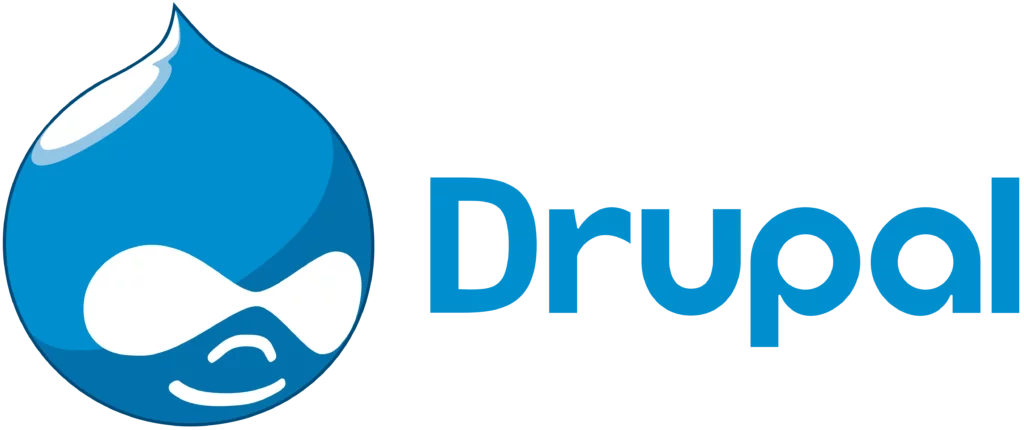Whether you are surfing the internet to learn about creating a new website for yourself or you are a developer starting your own online business, you cannot miss the term CMS. CMS, which means Content Management System, can be confusing to many. There are many Content Management Systems available for different users who use it for various purposes. Each varies in functionality. This adds to the confusion about what CMS is. In this article, we will explain what CMS is, what it does, what are the popular CMS options available out there, and how they differ from each other.
What is a CMS?
CMS means Content Management System. As the name suggests this is a system that manages content. By content, we mean digital content. This can be in any form; images, blogs, videos, texts, documents, web pages, enterprise content etc. Without a CMS, you need extensive knowledge of coding to manage your content. A CMS makes this task easy. CMS is a software application.
Functions of CMS
Although there are variations in different CMS platforms, they all include certain common features. These features include:
- Indexing: A CMS indexes all your content and makes it easy to search. It sorts it customizable attributes such as date of publication, author, topic etc.
- Formatting: All text documents are converted into HTML with a wide range of formatting options.
- Editing: A CMS allows editing the content which is published in the past. This makes updating the content easy. One can have multiple edited versions of the same content.
- Publishing: A CMS allows you to publish your content on your website. There are SEO friendly URLs, social media marketing, image editing and other options available while publishing.
- Admin Panel: An admin panel is provided so that only the admin can access the key parts of the website and have full control over the content.
- Minimal Server Requirements: A CMS does not require much of the server resources. Most CMSes come preinstalled with hosting. A CMS does not interfere with server functionality.
- File Manager Integrations: A CMS is equipped with pre-built file managers. This makes it easy to navigate through different files you have uploaded on the CMS.
The Two Components of CMS:
A CMS typically has two major components. These form the core of CMS functioning. These are:
- Content Management Application (CMA):
CMA helps users to create, modify and remove content from the website. The user does not need to be familiar with HTML. This is a graphical user interface that is intuitive, simple and functional.
2. Content Delivery Application (CDA):
CDA works with the CMS as it creates content. This is a back-end service that supports management and the delivery of the content.
Some of the Popular Content Management Systems (CMS):
While there are a lot many CMS options available in the market, the following are the ones that are most popular.
These are:
- WordPress
- Drupal
- Joomla
- Magento
1. WordPress

There is a reason why WordPress is considered the most popular CMS. If you gather all the websites that use CMS, you will find that more than 60% of them use WordPress. WordPress is an open-source CMS. A variety of websites ranging from a blog, portfolio, photo gallery, e-commerce store, government websites, forums and whatnot.
WordPress is versatile, easy to use and customizable. WordPress has tons of free and premium themes that you can use to customize your site’s appearance. Thousands of plugin that are available make it easy to add custom functionality to your website. Most web hosts now provide one-click installation for WordPress, so installation is not a hassle.
2. Drupal

Drupal is a free and open-source CMS. It is based on PHP. More than 2.3% of websites all over the internet are backed by Drupal. Drupal powers all kinds of websites, while specially catering to travel and tourism, E-commerce, Non-profits and NGOs, Healthcare, Higher Education, Media and publishing, and government websites.
Drupal offers much more functionality compared to WordPress but it is difficult to navigate through its complexity. Custom development is the focus of Drupal. Currently, more than 41,500 modules extend the functionality of Drupal.
3. Joomla

Joomla is also open source and free CMS that is written in PHP. Since its release in 2005, it is currently the second most used CMS with huge popularity. Its features include SEO friendly, Mobile Friendly interface, unlimited designs, Multilingual, Flexible and Fully Extensible. It also features Multi-user permission levels.
Joomla powers nearly 2 million active websites. It is used by small businesses, governments, non-profits, and organizations. Joomla is a flexible system that is easy to extend and customize.
4. Magento

Like other CMS platforms we have seen, Magento is open source. It is specially tailored for e-commerce. Like Joomla it is written in PHP. It reduces business costs by automating repetitive order management tasks, tracking inventory sales matrix through the Magento dashboard. Users can create a rich shopping experience for their customers using the robust framework of Magento.
Compared to WordPress, Magento is complex. Magento helps businesses set up their online store according to their needs, providing multi-store management, mobile commerce, report generation, search engine optimization, and scalability.
Content Management Systems are there to manage your content. But each one does this differently. Choose the one which suits your needs and the one which you are able to navigate through. There is a reason why there are so many CMSes are available out there and why only a few of them are popular. Which one you want to use for your purpose and why? Let us know in the comments.



